Industry Knowledge
What Is Composting?
Composting is a great way to reduce waste and create a nutrient-rich soil amendment for your garden. To get started with composting, you'll need a few supplies:
A compost bin or pile: You can purchase a compost bin or build your own. A compost bin helps to contain the compost and keep it looking neat, but a compost pile will work just as well.
Carbon-rich materials: These materials, also known as "brown" materials, provide the carbon that your compost needs. Examples include leaves, straws, and wood chips.
Nitrogen-rich materials: These materials, also known as "green" materials, provide the nitrogen that your compost needs. Examples include grass clippings, fruit and vegetable scraps, and coffee grounds.
Water: A well-balanced compost pile should be moist, but not soggy. You'll need to add water to your compost pile as needed to keep it moist.
A pitchfork or compost aerator: These tools will help you turn and aerate your compost pile, which helps to speed up the composting process.
A compost thermometer (optional): A compost thermometer can help you monitor the temperature of your compost pile, which can help you determine if it's working properly.
The role of the Composting
Composting is the process of breaking down organic matter, such as food scraps and yard waste, into a nutrient-rich soil amendment known as compost. This process involves microorganisms such as bacteria, fungi, and insects that feed on the organic matter, breaking it down into simpler compounds that can then be absorbed by plants.
The role of composting is to:
1. Reduce waste: Composting diverts organic waste from landfills, reducing the amount of waste that contributes to methane emissions and other environmental problems.
2. Improve soil fertility: Compost is a rich source of nutrients and organic matter, which can improve soil structure, water-holding capacity, and fertility.
3. Promote sustainable agriculture: By reducing the need for synthetic fertilizers and other inputs, composting can help promote sustainable agriculture and reduce the environmental impact of food production.
4. Reduce greenhouse gas emissions: The composting process can help sequester carbon from the atmosphere, reducing the number of greenhouse gases that contribute to climate change.


 英语
英语 俄语
俄语 德语
德语 西班牙语
西班牙语 法语
法语



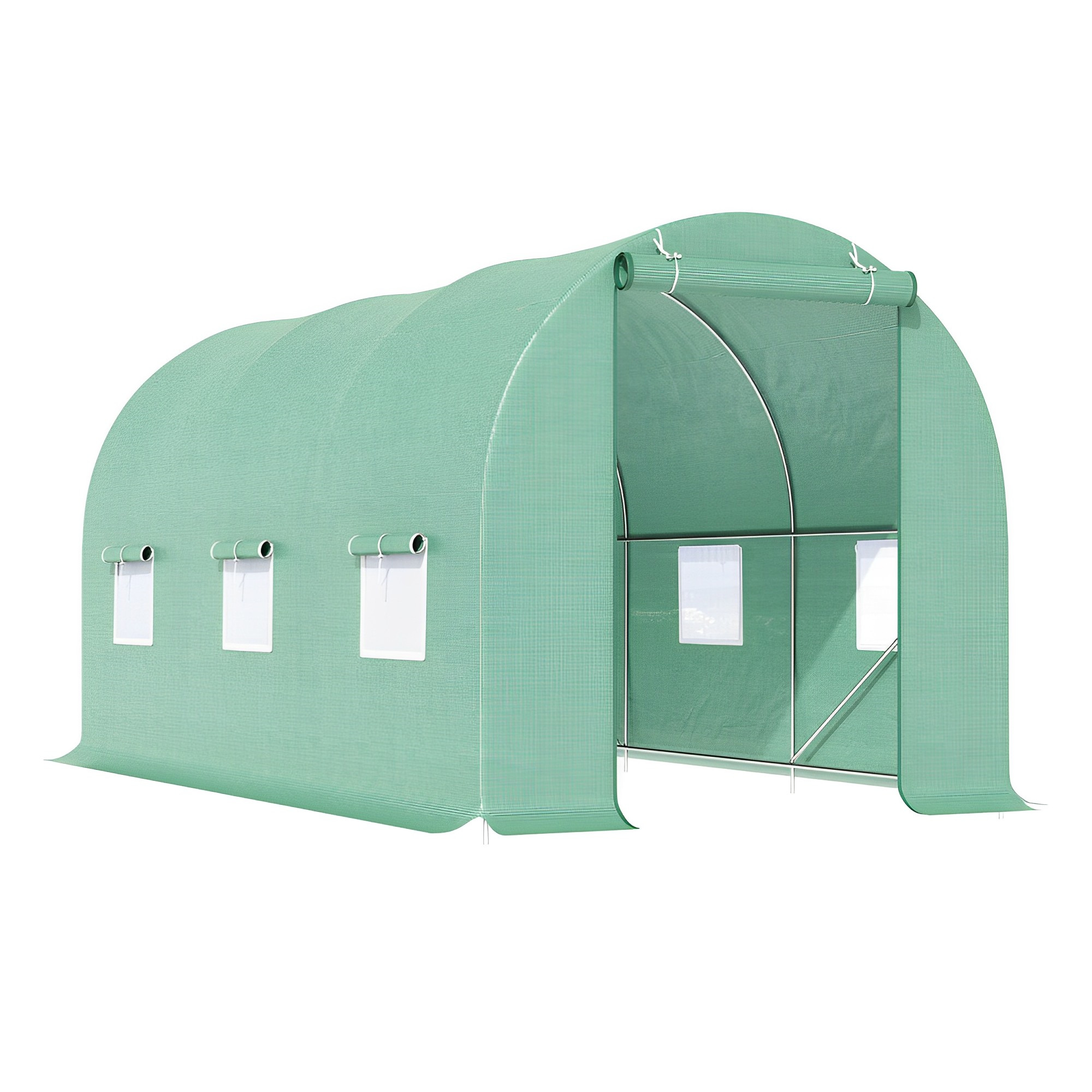
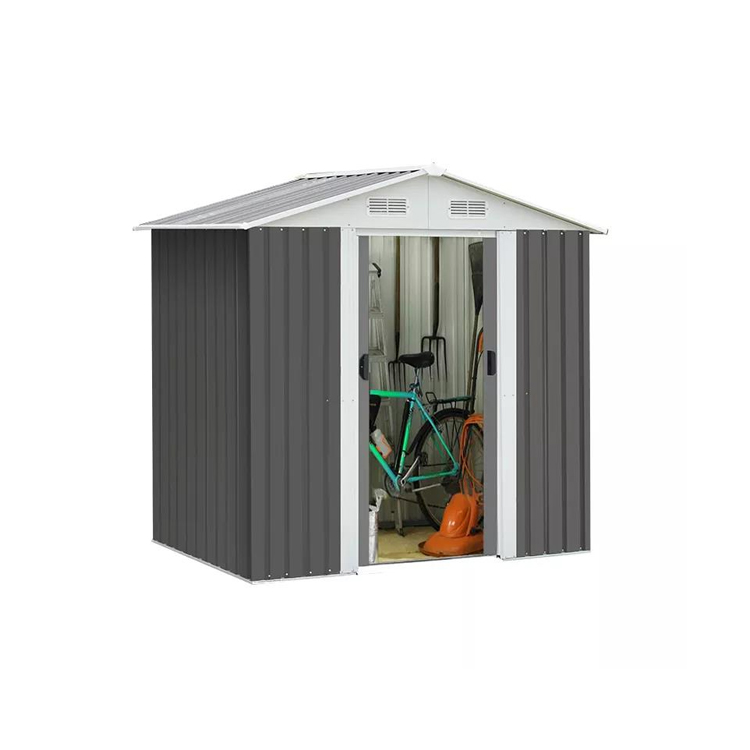

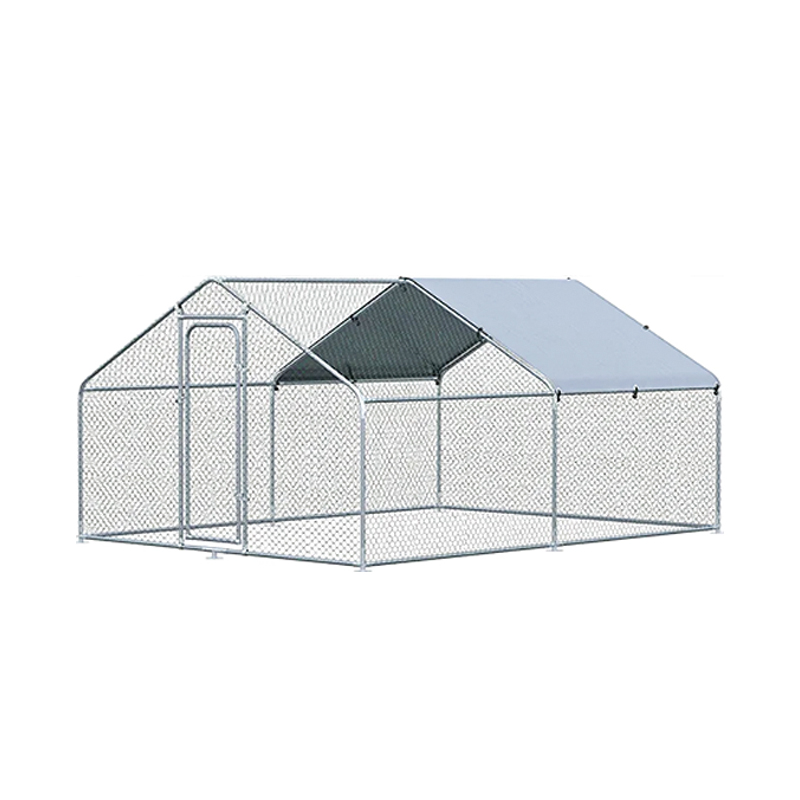

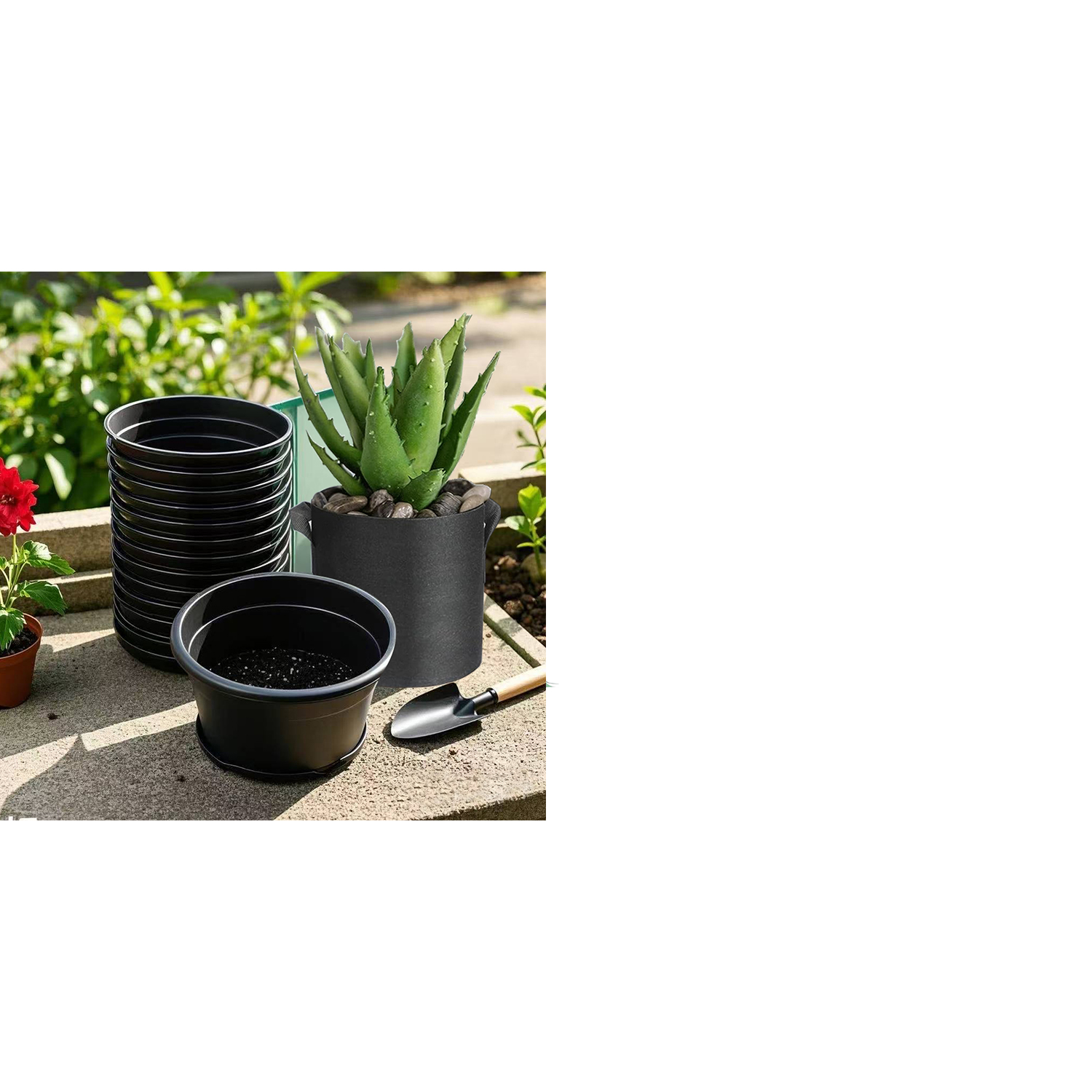



.jpg?imageView2/2/w/800/h/800/format/webp/q/75)
.jpg?imageView2/2/w/800/h/800/format/webp/q/75)
.jpg?imageView2/2/w/800/h/800/format/webp/q/75)
.jpg?imageView2/2/w/800/h/800/format/webp/q/75)
.jpg?imageView2/2/w/800/h/800/format/webp/q/75)
.jpg?imageView2/2/w/800/h/800/format/webp/q/75)
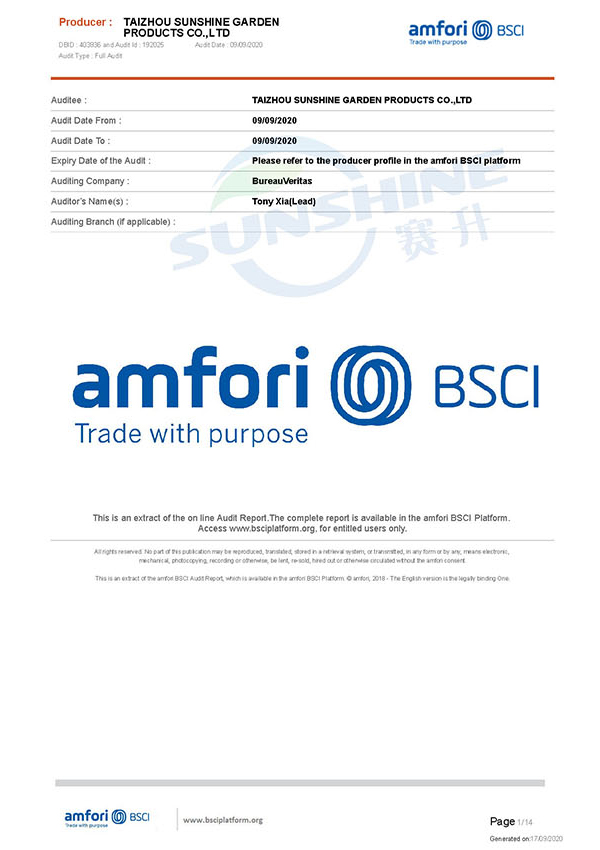
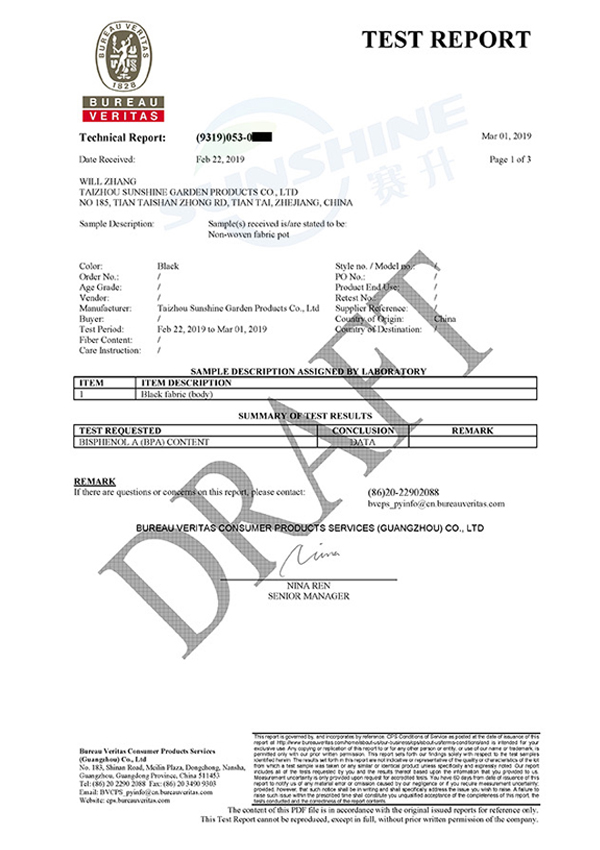
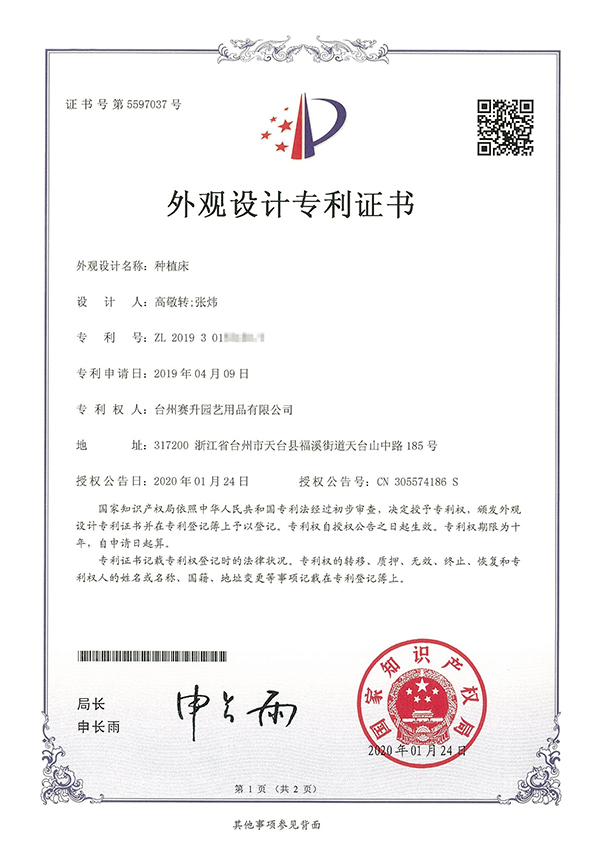
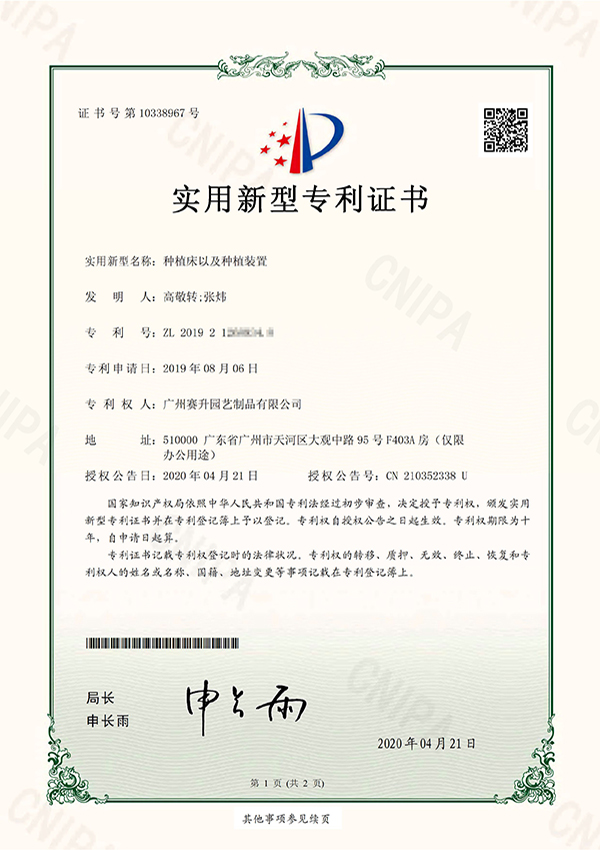
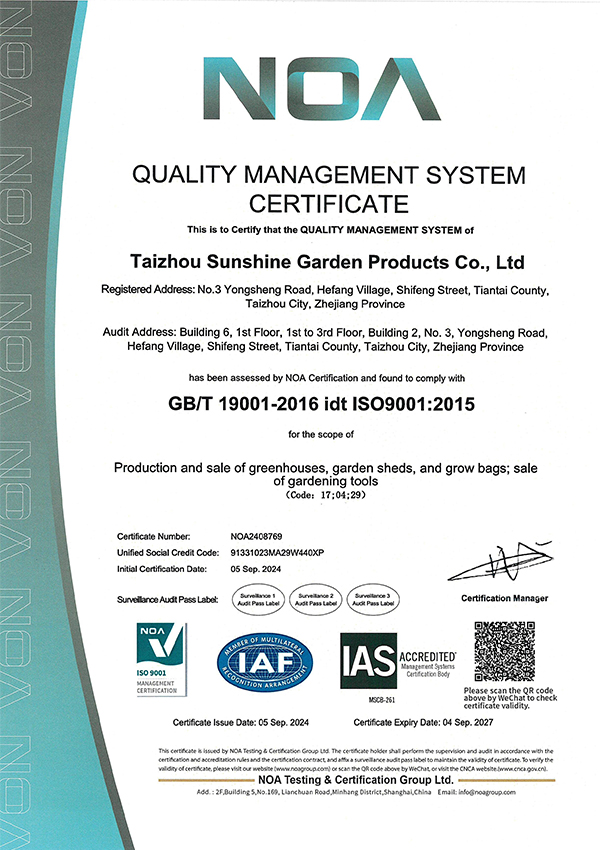
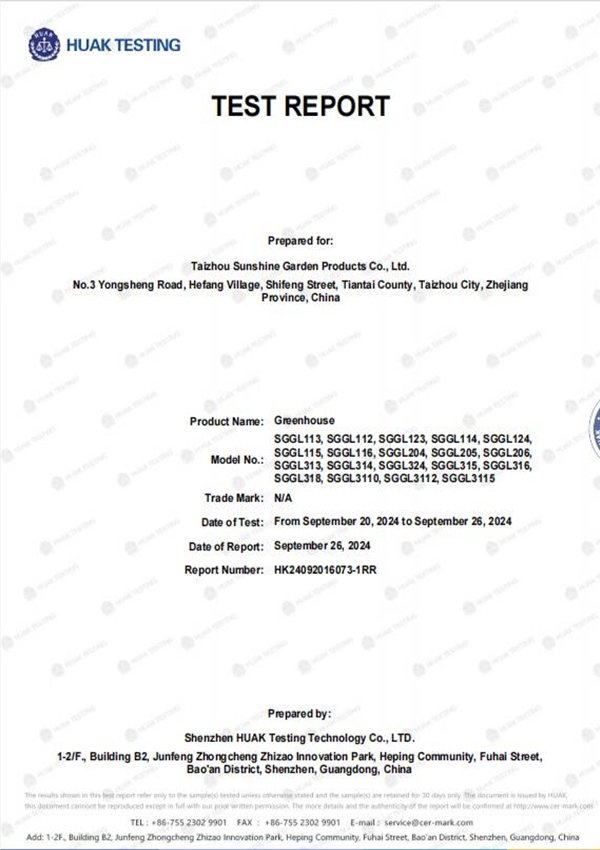
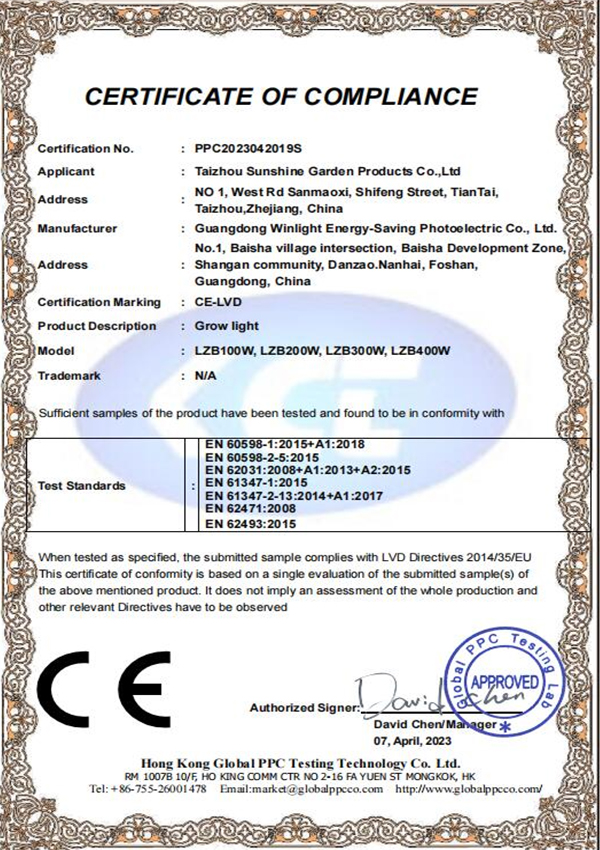
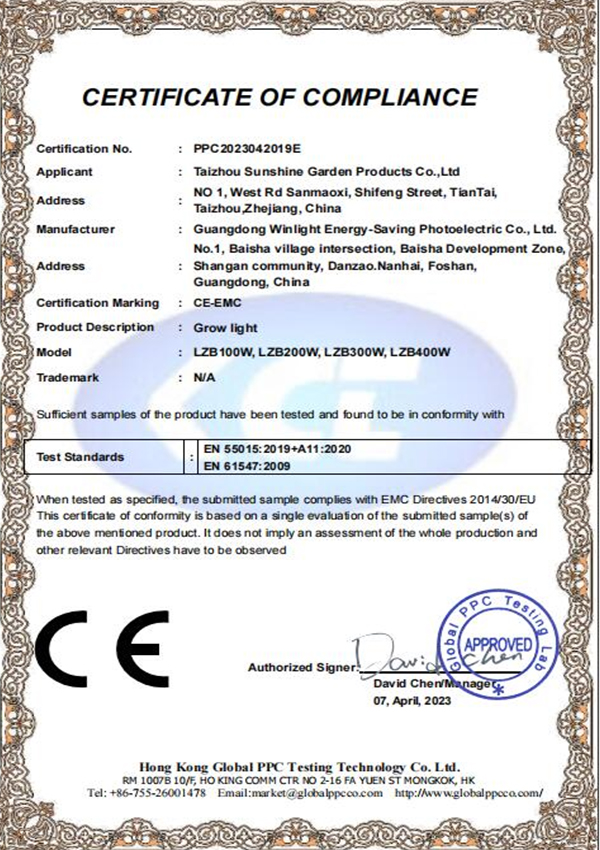
.jpg)
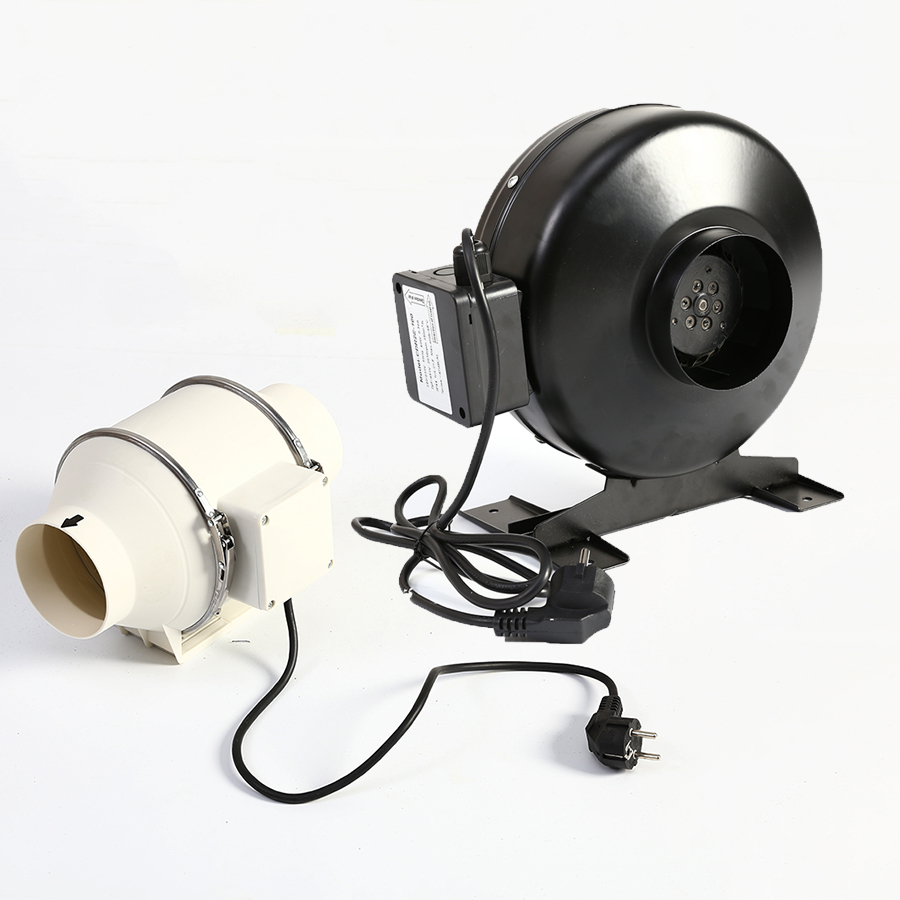
-1.jpg)
.jpg)
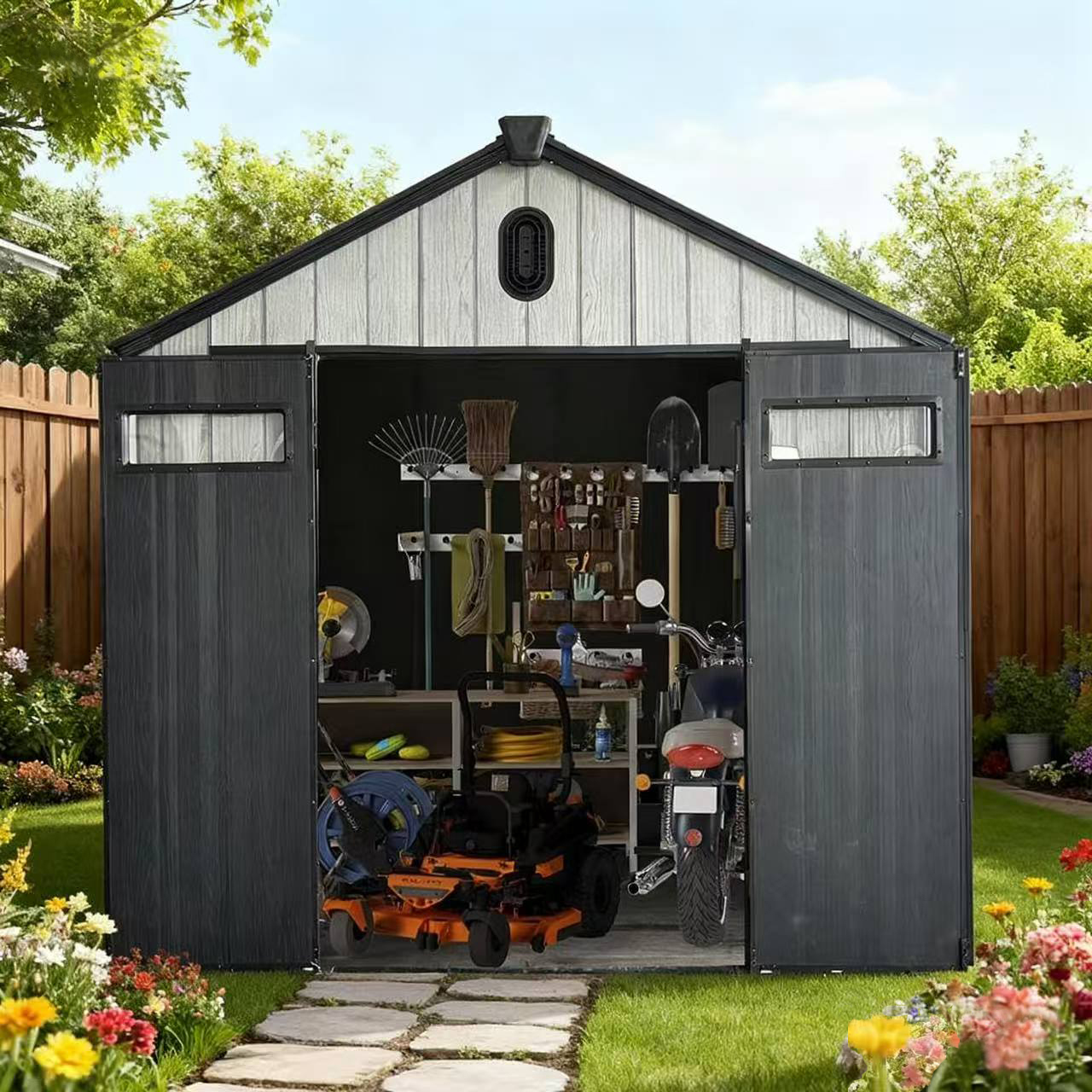
.png)
